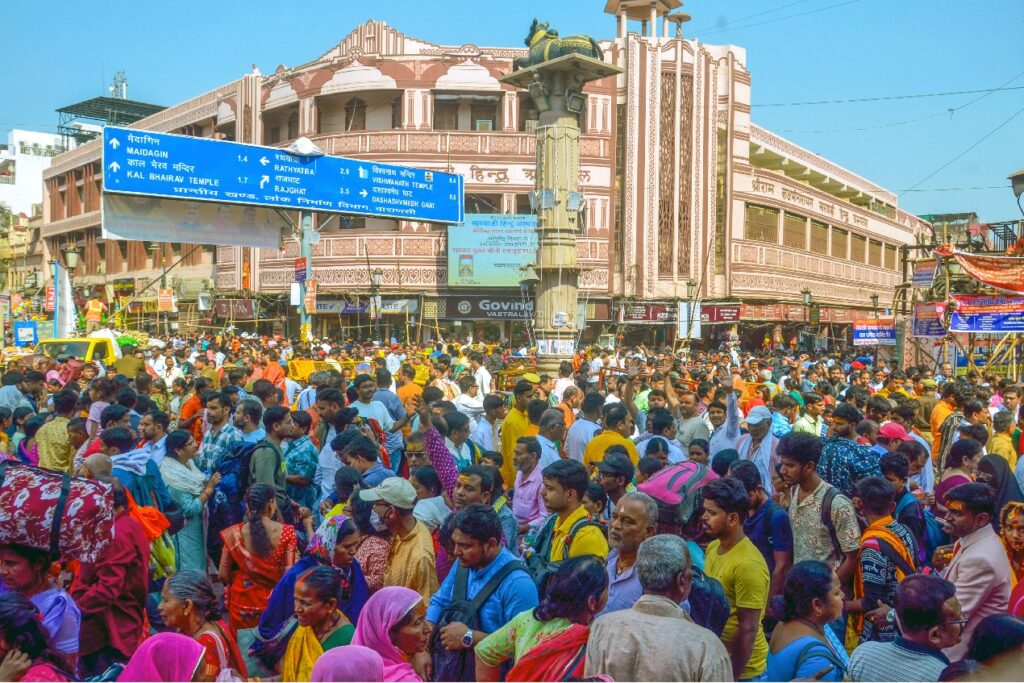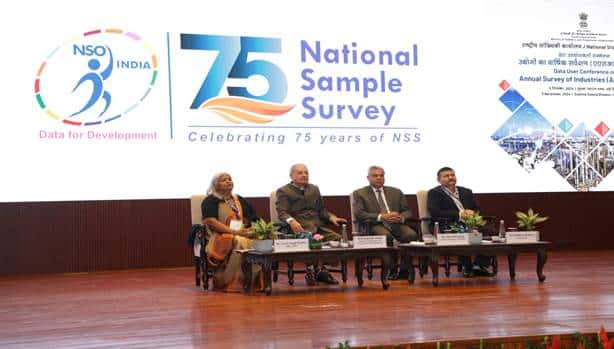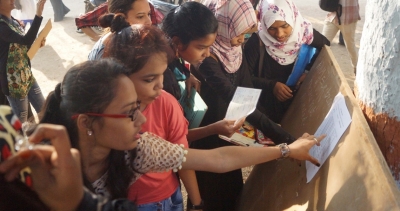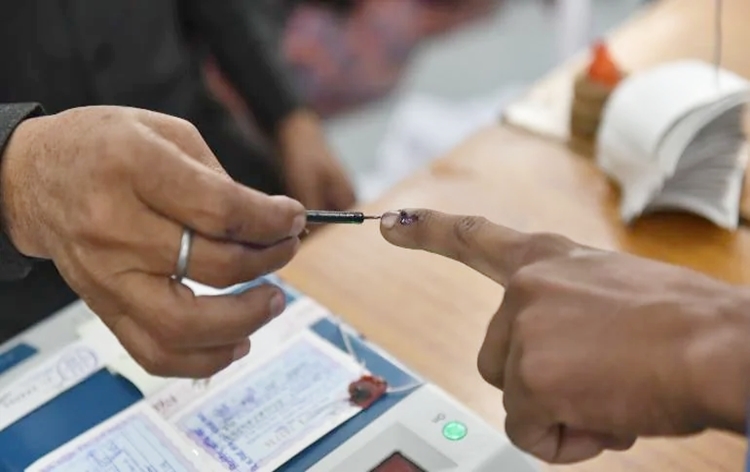Women’s reservation bill tabled in Lok Sabha, number will rise to 181 from 82 currently

The women reservation bill was moved today in the Lok Sabha under which 33% of the seats in the lower house of parliament and state legislative assemblies will be reserved for the women. Earlier the union cabinet cleared the bill on September 18. The proposed reservation could become a reality by 2029, coinciding with the delimitation exercise based on the decennial census expected to begin in 2026.
The bill was moved by Union Law Minister Arjun Ram Meghwal amid a ruckus. Earlier, Prime Minister Narendra Modi made a strong pitch for women-led development, discussing the history of the Women’s reservation Bill and also the previous attempts to introduce and pass it by various governments at the Centre.
The Women’s Reservation Bill seeks to address the gender imbalances in Indian politics by reserving one-third of seats for women in both the Lok Sabha and state assemblies. Notably, one-third of the seats reserved for Scheduled Castes and Scheduled Tribes will also be allocated to women from these groups. To ensure fair representation, these reserved seats may be rotated among different constituencies within the state or union territory.
The last significant development on this issue occurred in 2010, when the Rajya Sabha (the upper house of Parliament) passed the bill, despite opposition from some MPs. Unfortunately, the bill could not make it through the Lok Sabha at that time and lapsed. Currently, the representation of women in the Lok Sabha is less than 15% of the total strength of 543 members. Similarly, in the Rajya Sabha, women’s representation stands at approximately 14%, as of data shared by the government in December 2022.
Several state assemblies across India also suffer from a lack of gender diversity in politics. States like Andhra Pradesh, Arunachal Pradesh, Assam, Goa, Gujarat, Himachal Pradesh, Karnataka, Kerala, Madhya Pradesh, Maharashtra, Manipur, Meghalaya, Odisha, Sikkim, Tamil Nadu, Telangana, Tripura, and Puducherry have less than 10% women representation in their legislative assemblies.
Some states, such as Bihar, Haryana, Punjab, Rajasthan, Uttarakhand, Uttar Pradesh, and Delhi, have slightly higher representation, ranging from 10% to 12%. In contrast, Chhattisgarh, West Bengal, and Jharkhand lead the way with 14.44%, 13.7%, and 12.35% women MLAs (Members of Legislative Assembly), respectively.
Prime Minister Modi had earlier hinted at “historic decisions” being made during this special session of Parliament. He emphasized the growing contribution of women parliamentarians over the years, noting that out of over 7,500 public representatives who have served in both houses, approximately 600 have been women.
The proposed legislation, known as the Constitution (One Hundred and Eighth Amendment) Bill, 2008, not only reserves seats for women but also specifies that the allocation of these reserved seats will be determined by the authority prescribed by Parliament. Additionally, it outlines that one-third of the seats reserved for Scheduled Castes and Scheduled Tribes shall be reserved for women of those groups. However, these reservations are set to cease to exist 15 years after the commencement of this Amendment Act.
The move to enact the Women’s Reservation Bill reflects a significant step toward achieving gender equality in Indian politics and ensuring that women have a stronger voice in shaping the nation’s future.









